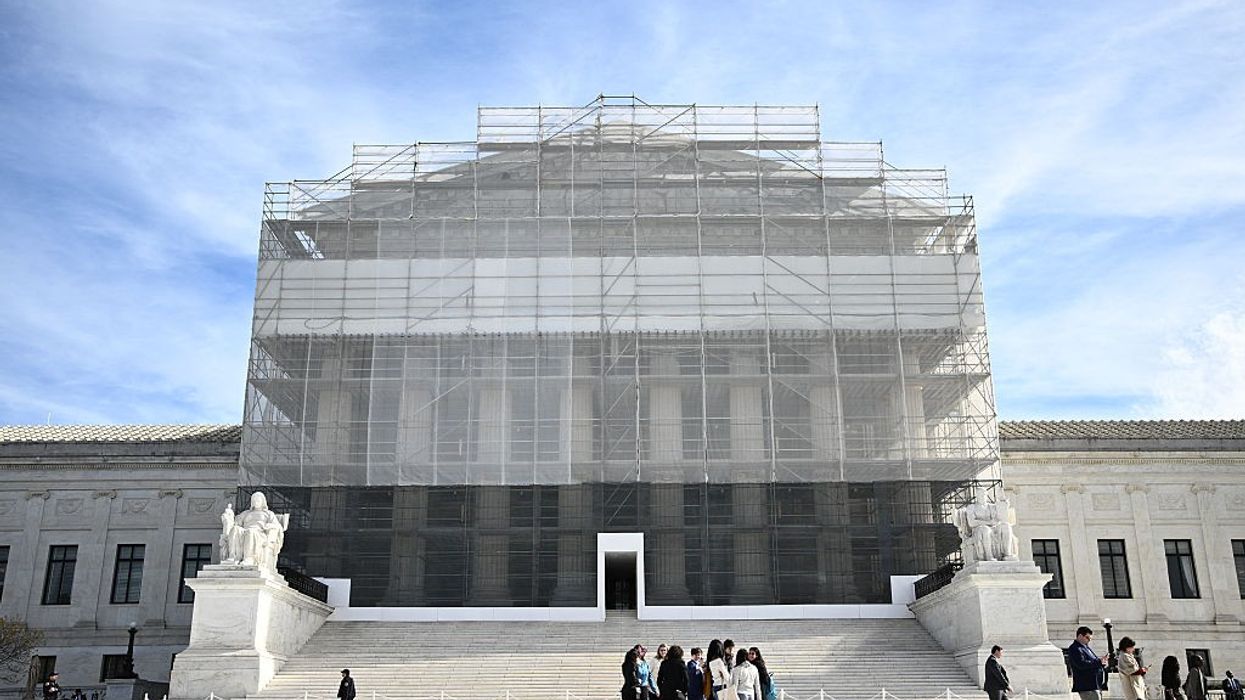Highlights:
- Canada saw a 60 per cent drop in new international student arrivals in 2025.
- 278,900 fewer newcomers entered between January and August, IRCC data showed.
- Tighter visa caps, financial proof, and PGWP rules contributed to the fall.
- Temporary foreign worker arrivals also declined by 146,395.
- 139,700 temporary residents transitioned to permanent residency during the same period.
Canada is facing a steep fall in the number of new international students and temporary foreign workers entering the country in 2025, according to fresh data released by Immigration, Refugees and Citizenship Canada (IRCC) on Wednesday (22). Between January and August 2024, 278,900 fewer newcomers arrived compared to the same period in 2024. The number of new international students dropped by nearly 60 per cent, while temporary foreign worker arrivals fell sharply by 146,395.
The data revealed that international student arrivals were down by over 132,000 during the first eight months of the year. In August alone, 45,380 students entered Canada, a figure far below last year's intake. The sharp decline follows the Canadian government's cap on international study permits introduced in 2024, which was further reduced by 10 per cent in 2025.
More rules and regulations introduced
Additional measures, including mandatory acceptance letter verification and higher financial proof requirements, were implemented to combat study permit fraud and ensure students could afford the rising cost of living in Canada.
The country also saw a significant reduction in new temporary foreign workers. Only 16,890 workers entered Canada in August 2025, marking a continued decline. The government had earlier limited low-wage hiring to 10 per cent (20 per cent in select sectors) and suspended processing of low-wage job applications in urban areas where unemployment rates exceeded 6 per cent. Moreover, the wage threshold for defining high-wage roles was raised, further tightening access to work permits.
An IRCC spokesperson stated, “We expect the number of work permits and extensions to go down in the months ahead to reflect the impact of the new measures.” The department has also revised eligibility rules for the Post-Graduation Work Permit (PGWP) to better align the program with current labour market needs. Spouses of international students and temporary foreign workers now face stricter eligibility criteria for open work permits as part of these reforms.
“While we have committed to reducing the number of temporary residents in Canada, it will take time for the full effects to appear in the data,” the IRCC added, noting that existing applications continue to be processed under older rules.
More demand for permanent status
Despite the decline in temporary entries, Canada recorded over 139,700 temporary residents transitioning to permanent status between January and August 2025. These individuals made up nearly half of all new permanent residents during this period. According to IRCC, most applicants in this category were well-integrated into Canadian society, possessing local education, work experience, and language proficiency.
The agency highlighted that most transitions occurred through economic immigration pathways such as Express Entry and the Provincial Nominee Programme (PNP), both designed to meet Canada’s labour market demands and regional priorities.















